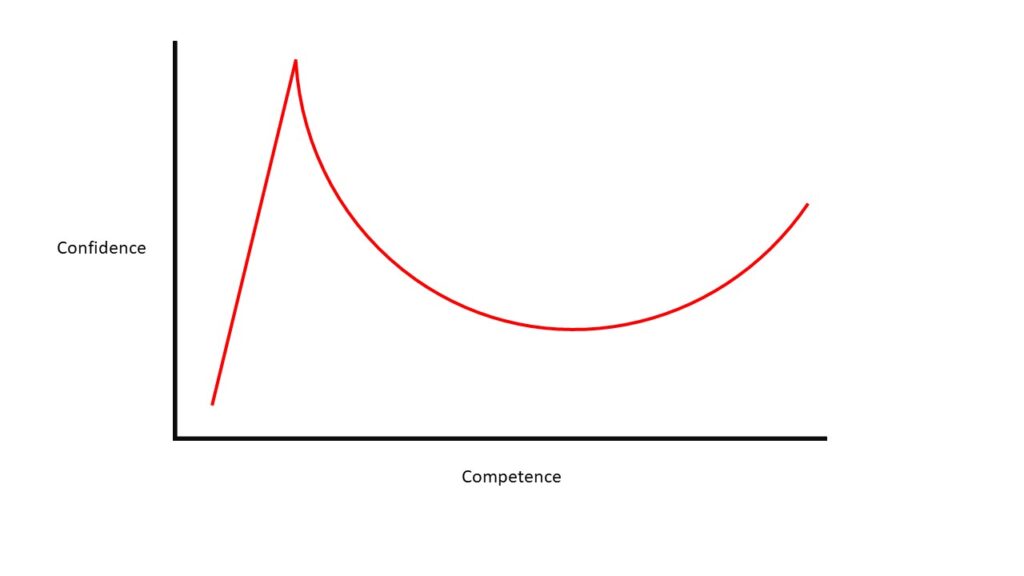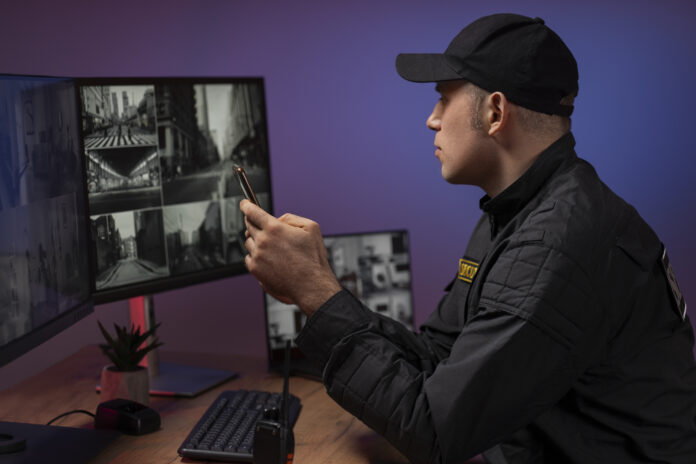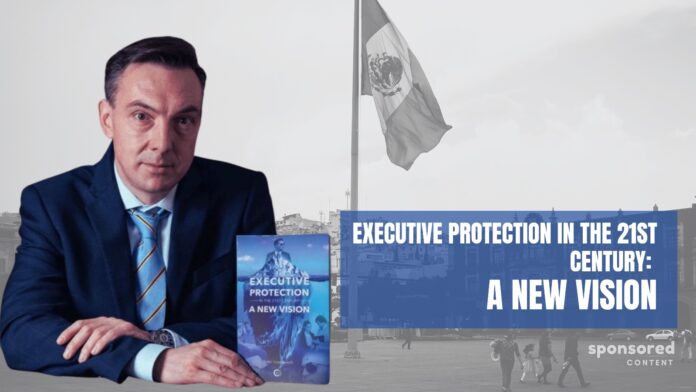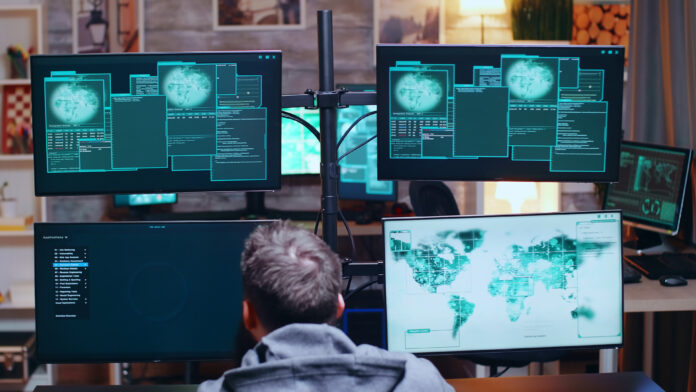The Importance of Identifying Motor Skills in the Selection Process of Executive Protection Specialists
Summary
The selection process for future Executive Protection Specialists must allow identifying, particularly, the gross and fine motor skills, which will determine the best development and achievement of competencies that they must possess about the highest risk of their training and work – the use of a lethal weapon to protect a person.
Introduction
In various Western European countries, for a person to be able to be granted an Executive Protection service, that person has to go to an academy for 200 hours in multiple subjects and then receive a card that accredits them as such. Likewise, if they want to maintain it, they must be in constant training and with permanent trust checks, to provide a quality service1.
Nevertheless, it has been observed mainly in the media and social networks, people who are employed as Executive Protection Specialists, do not have adequate training, causing a bad image of this profession in society2.
Lack of Adequate Training
This is particularly true in Central and South American countries. In these countries, it is not common to have constant training, much less to have a certificate that accredits them as such. Since the necessary standards are not established, the process of training and infrequent training does not allow to keep the protectors at the appropriate level, losing over time the skills necessary to fulfil their function.
The problem is more accentuated when we identify that many of the protectors did not go through an adequate selection process that identifies their abilities or skills about their gross and fine motor skills, which are aspects of vital importance for this work when we consider that the greatest risk is about the use of firearms to protect the life of a person.
Fine motor skills are the ability to perform tasks with small, delicate movements of the hand, wrist, and fingers3; for example, in the use of lethal weapons. On the other hand, gross motor skills are the ability to move the muscles of the body in a coordinated way and maintain balance, in addition to the agility, strength and speed necessary in each case.
It refers to broad movements that encompass various muscle groups such as head control, sitting, turning on oneself, crawling, standing, walking, jumping, etc.4 – all of these are required as skills in the function of Executive Protection.
The Process of Selecting Executive Protection Specialists
The Basic Manual of Executive Protection presents us with a desirable profile of the Executive Protection Specialist that considers, among other qualities:
Be in perfect health, and physically fit for an evaluation of endurance, strength and coordination (Understood as motor skills).
It is precisely in the selection process that these abilities or skills must be identified, prioritizing the selection of those people who meet the required levels of motor skills.
In the endurance test, it is ideal to consider running a distance of 3,200 meters or 2 miles (average time: 20 minutes of running).
As a maximum strength test, squats are the ideal basic exercise, with them we will identify the highest force value that the neuromuscular system is able to achieve5. An ideal test would be to make 20 squats.
Furthermore, it is also necessary to identify the ability to perform strength-resistance exercises. These exercises identify the endurance capacity of a certain group of muscles while performing a constant effort6.
Examples of them are push-ups: 30 push-ups on the floor; or 10 push-ups on the bars are considered as good condition. Abdominal exercises should also be demanding in the selection stage, a minimum of 30 crunch abs should be able to be performed.
Identifying Coordination or Motor Skills
After identifying the conditions of resistance and strength capacities, motor or coordination abilities must be identified. These tests should be considered as of main value since – although they can be developed – the future Executive Protection Specialist must have minimum desirable levels for admission due to the high risk involved in the use of lethal weapons during training and work to protect other people.
The abilities of fine and gross motor skills improve performance during training and, even more, in the fulfilment of the function of Executive Protection Specialist, minimizing any possible mistakes. However, even if motor skills are not normally included in job descriptions, they should be evaluated during the selection process.
How Do We Measure or Identify Those Capabilities or Skills?
As mentioned earlier, for the use of firearms, it will be necessary to determine the level of fine motor skills. When the protector draws the weapon, performs the charge and shoots, the muscles of the hands, wrists and arms play a determining role.
Therefore, we must verify that capacity or ability through tests. Such tests could be picking up a small element with the index finger and thumb, following a line drawn on a piece of paper with the tip of a pen, cutting shapes with scissors, drawing lines or circles, performing the natural movement of bending the index finger 3 times in a row for 5 series. All these exercises should be performed with both hands.
For the identification of gross motor abilities or skills, we must understand that the protector will always seek to first remove the protected person from the risk zone and, if necessary, will use their own body to protect the client.
In extreme cases, the protectors must perform several movements simultaneously: draw the weapon, load, aim, protect the Principal, communicate by radio, determine the escape route, give verbal orders, and, if needed, shoot without neglecting their Principal.
The Tests That Allow Us to Identify These Abilities or Skills
Having this clear, the tests that allow us to identify these abilities or skills range from rhythmic movements of the head, arms, legs and torso. For example:
Starting from the standing position with both arms at the sides, the head turns to the right while we bend the knees and bring the arms to the left side. We return to the standing position and immediately turn our head to the left, bend our knees and bring both arms to the right side); then, they must dodge little balls (the person is placed in front of the evaluator, at a distance of 6 to 8 meters. The evaluator begins to throw balls at different periods, speed and strength; and the assessed must make all the necessary movements to dodge the balls).
Another exercise would be to pick up balls (3 or 4 assessed are place them lying face down. In front of them, balls are placed, always one ball less than the number of people being assessed.
When the evaluator says something, then the assessed must get up from their position and manage to reach a ball. The assessed who fails to reach a ball leaves the test, a ball is removed, and the test is followed. This can be repeated as many times as necessary.)
While endurance and strength tests are objective and quantitative, motor tests are subjective and qualitative; hence the importance of the evaluator’s skills and experience in determining eligible people, people who meet the conditions can improve their motor skills without risking their lives and those of others, and also determining people whose motor skills are not adequate for the protection of people.
Final Thoughts on the Importance of Identifying Motor Skills
In the selection process of future Executive Protection Specialists, it is of vital importance to identify the fine and gross motor skills or abilities, since the achievement of their competencies during training will depend on this, making them more efficient in the performance of their work.
The Executive Protection Specialist must bring together motor skills or abilities that were learned from childhood. While these skills can be developed, they are also lost over the years.
Executive Protection Specialist screening tests should continue to consider endurance and strength assessments however, special focus should be given to identifying fine and gross motor skills or abilities.
Bibliography
CONSTRUYENDO UN EQUIPO DE PROTECCIÓN EJECUTIVA DE CALIDAD, Altair, Security Consulting & Training
Basic Manual of Executive Protection 2017, ASIS Chapter Mexico AC.
How to improve fine and gross motor skills in adults
How to develop gross motor skills
Prueba de fuerza: Escoge el ejercicio que mejor vaya contigo
Cómo mejorar la motricidad fina y gruesa en adultos















